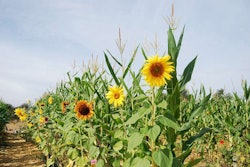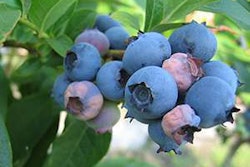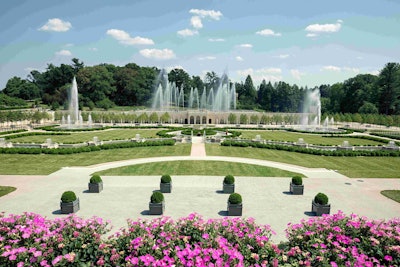 The Main Fountain Garden combines Pierre du Pont’s love of gardens with innovative fountains.
The Main Fountain Garden combines Pierre du Pont’s love of gardens with innovative fountains.Photo: Longwood Gardens
In honor of National Public Gardens Day, we are highlighting one of the country’s premier public gardens: Longwood Gardens
Located in Kennett Square, Pennsylvania, Longwood Gardens has 1,083 acres that are visited by more than 1.5 million guests per year.
History
The public garden has a rich history that dates back even before its official founding in 1906.
Before settlers arrived, the land was cultivated by the Lenni Lenape tribe. In 1700, George Peirce, a Quaker farmer, purchased 402 acres of the land from William Penn’s Commissioners.
Over time the Peirce’s descendants left their mark, building a brick farmhouse that is still present on the grounds, and created an arboretum that covered 15 acres. By 1850, the arboretum boasted of having the finest collection of tree specimens from the Eastern seaboard and overseas.
Yet the 20th century, the property became neglected and a lumber mill operator was hired to remove the trees in 1906. The trees were saved when 36-year-old Pierre du Pont purchased the farm in order to preserve the arboretum.
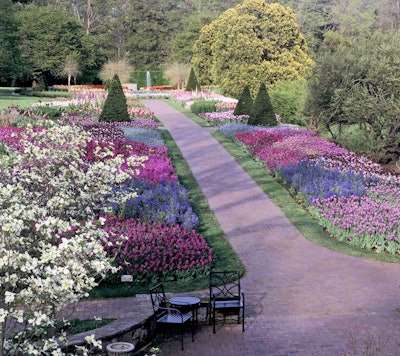 The Flower Garden Walk is Longwood’s first garden.
The Flower Garden Walk is Longwood’s first garden.Photo: Longwood Gardens
He began creating what would be known as Longwood Gardens piece by piece with no grand plan. He drew the name from the nearby Longwood Meeting House, named after Longwood Farm.
His first addition in 1907 was the 600-foot-long Flower Garden Walk, which still one of the garden’s most popular features. A fountain was constructed in the center of the walk. After hosting successful garden parties in 1909, du Pont set out to find other ways to delight his guests.
He introduced the Open Air Theater in 1913 after being inspired by an outdoor theater in Italy and built the Conservatory that opened in 1921 to serve as a perpetual indoor flower show, filling it with fruits and flowers.
Over the years, du Pont continued to add gardens and fountains and he worked to ensure Longwood’s future after his death. In 1946, the government allowed Longwood Gardens to be operated as a public garden with tax-exempt status “for the sole use of the public for purposes of exhibition, instruction, education and enjoyment.”
Thanks to du Pont’s foresight, Longwood Gardens was in good hands by the time he passed away at age 84 in 1954. Russell Seibert was named the first director of the gardens.
An emphasis was placed on public comfort and education and Longwood soon added a plant breeding program and held lectures on horticulture.
“Our mission is clear: We are the living legacy of Pierre S. du Pont, inspiring people through excellence in garden design, horticulture, education, and the arts,” said Patricia Evans, director of communications for Longwood Gardens. “We also strive to be a place of respite and beauty for our guests.”
Present day
The legacy Pierre du Pont has left on Longwood Gardens can still be found today with 50 different gardens and exhibits to enjoy.
Nearly 700 employees help maintain the gardens and employ sustainable practices.
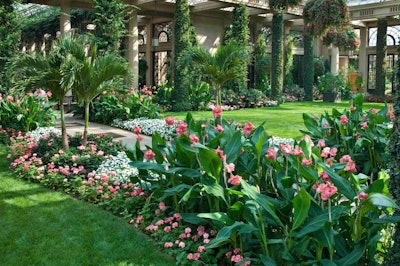 Longwood Gardens strives to elevate the art of horticulture by spotlighting unusual but also ordinary plants.
Longwood Gardens strives to elevate the art of horticulture by spotlighting unusual but also ordinary plants.Photo: Longwood Gardens
“Mr. du Pont purchased the property in 1906 to save a well-known arboretum from being cut for lumber, so you could say our founding was based on an act of sustainability,” Evans said. “We continue to honor that principle today with our Soil to Sky Environmental Stewardship program, which is a comprehensive look at how we steward our resources and land and covers everything from the energy sources we utilize, to our land management practices, to the LED light bulbs we use.”
Evans says some of Longwood’s most popular events are the Main Fountain Garden’s illuminated performances during the summer, as well as its annual holiday display, which features festive horticulture and 500,000 lights outdoors.
As for how they keep guests returning, Evans gives the credit to the environment and the events they hold.
“Nature is always putting on a changing show, and our gardens and seasonal displays ensure there are many new things for guests to see and enjoy throughout the year,” she said. “We also offer a variety of programming, from concerts and performances, to engaging tours and lectures, special exhibits, and of course, spectacular horticulture displays throughout the year.”
According to Evans, the greatest challenge Longwood Gardens faces is remaining relevant in a changing world and inspiring guests to return.
The National Public Gardens Day was established in 2009 by the American Public Gardens Association and is held on the Friday before Mother’s Day weekend each year to encourage the community to visit their local green spaces and learn more about conservation.
 A popular crowd-pleasing event is the illuminated fountain performances held at the Main Fountain Garden.
A popular crowd-pleasing event is the illuminated fountain performances held at the Main Fountain Garden.Photo: Longwood Gardens


